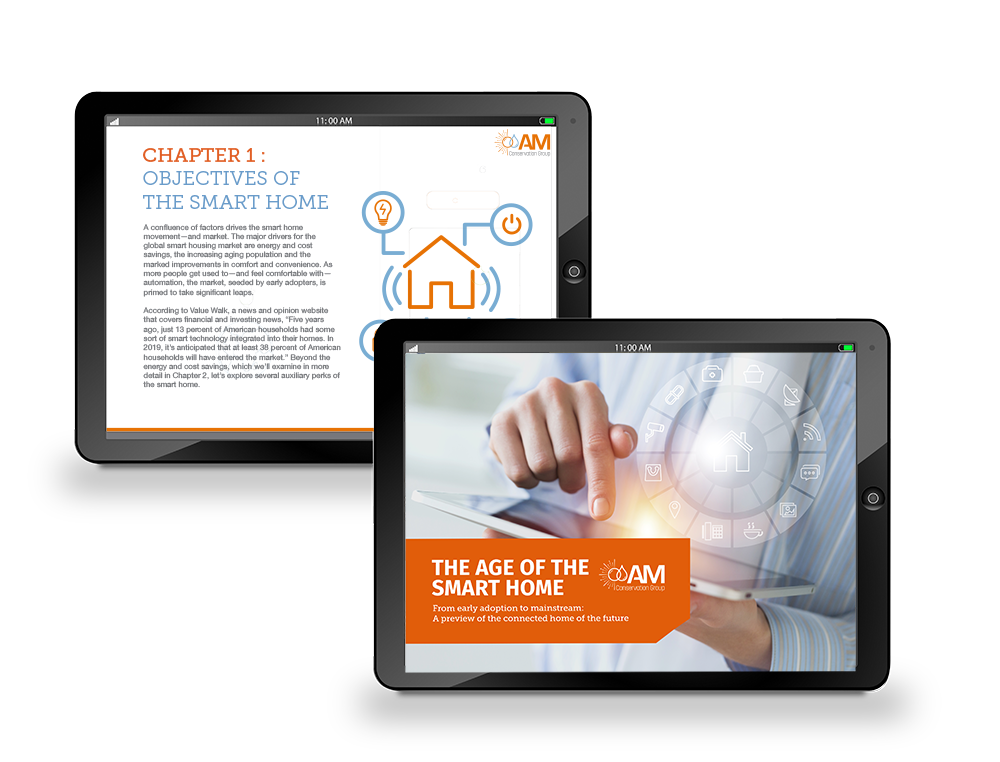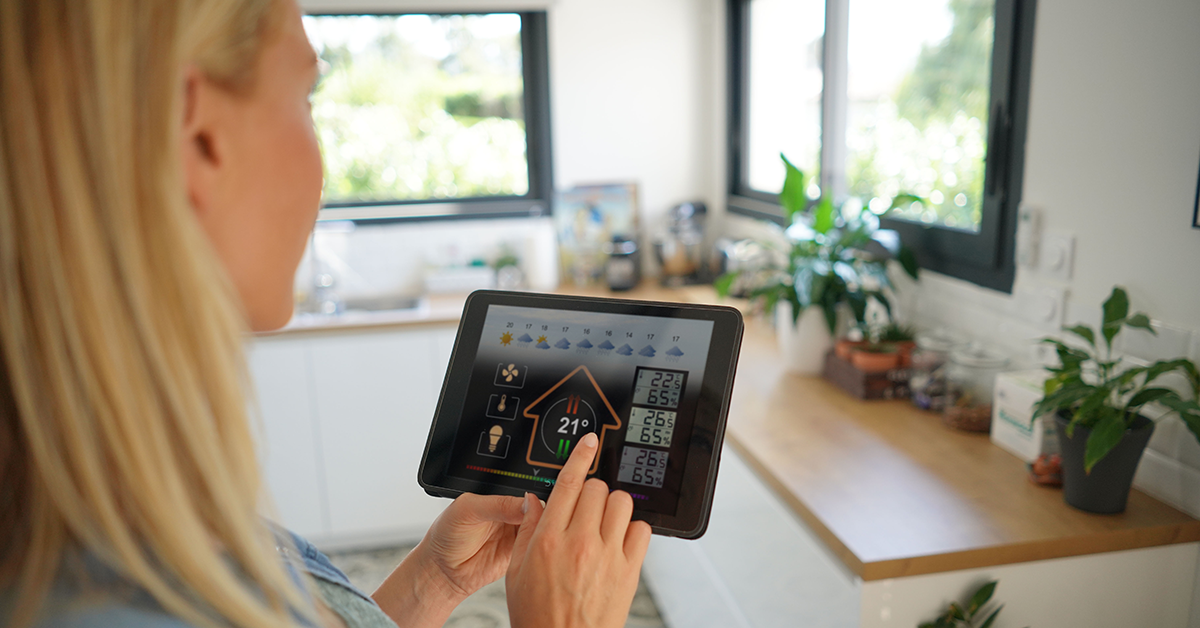According to
Value Walk, a news and opinion website that covers financial and investing news, “Five years ago, just 13 percent of American households had some sort of smart technology integrated into their homes. In 2019, it’s anticipated that at least 38 percent of American households will have entered the market.”
Energy and cost savings are the two largest drivers in the global smart housing market, but there are a number of other important factors contributing to its growth—including the increasingly aging population and the marked improvements in comfort and convenience.
Let’s explore the auxiliary perks of the smart home and discover how you can help your customers take advantage of the smart home technology available today.
Comfort

One of the main objectives of the smart home is to ease daily life by increasing user comfort. It does this by automating typical routines as well as giving homeowners the power to manage their home systems remotely. By automating many aspects of daily living through remote technology, a smart home provides the ability to control electronics and appliances from a smartphone, tablet or laptop. It adds an extra level of convenience and comfort while eliminating the burden of manually maintaining home systems.
The smart home in action
On a hot day, a
smart thermostat can be adjusted using the Nest iPhone app while a user is on her way home. By the time she arrives, her home is refreshingly cool, but she didn’t need to leave the AC on full blast the entire time she was gone.
Identification and automation

A context-aware smart home can distinguish location, identity, activity and time. Smart home technology is considered synonymous with home automation and often referred to as such.
As part of the Internet of Things (IoT), smart home automation systems and devices ideally operate together, sharing consumer usage data among themselves to determine an algorithm of automated actions based on the homeowners’ preferences.
The smart home in action
Smart speakers connect to the Internet to access content through applications, such as on-demand podcasts and music. Standalone smart speakers are voice-controlled, using hands-free technology to access voice assistants such as Amazon’s Alexa, Sonos One and the Apple HomePod.
Healthcare

A smart home with integrated e-health and assisted living technology can play a pivotal role in revolutionizing the healthcare system for the elderly, the disabled and those with functional limitations. Households can mesh smart home principles with necessary assistive technology, enabling the end-users to live as independently and securely as possible. Alongside the more typical smart home innovations, some instruments and devices allow healthcare professionals to monitor the residents’ behaviors/physiological indications and provide assistance for various physical and neurological disabilities.
The smart home in action
Smart homes are outfitted with unobtrusive and noninvasive environmental and physiological sensors that include temperature, humidity and smoke in the home, as well as heart rate, body temperature, blood pressure and blood oxygen level.
Summary
 Whether your customers are most interested in energy and cost savings or other benefits like comfort, smart home technology will likely be an integral part of their dwelling places in the near future, if they aren’t already. To help prepare for the residential sector’s smart home transformation, we’ve compiled a comprehensive guide to the connected home of the future: The Age of the Smart Home.
Whether your customers are most interested in energy and cost savings or other benefits like comfort, smart home technology will likely be an integral part of their dwelling places in the near future, if they aren’t already. To help prepare for the residential sector’s smart home transformation, we’ve compiled a comprehensive guide to the connected home of the future: The Age of the Smart Home.
